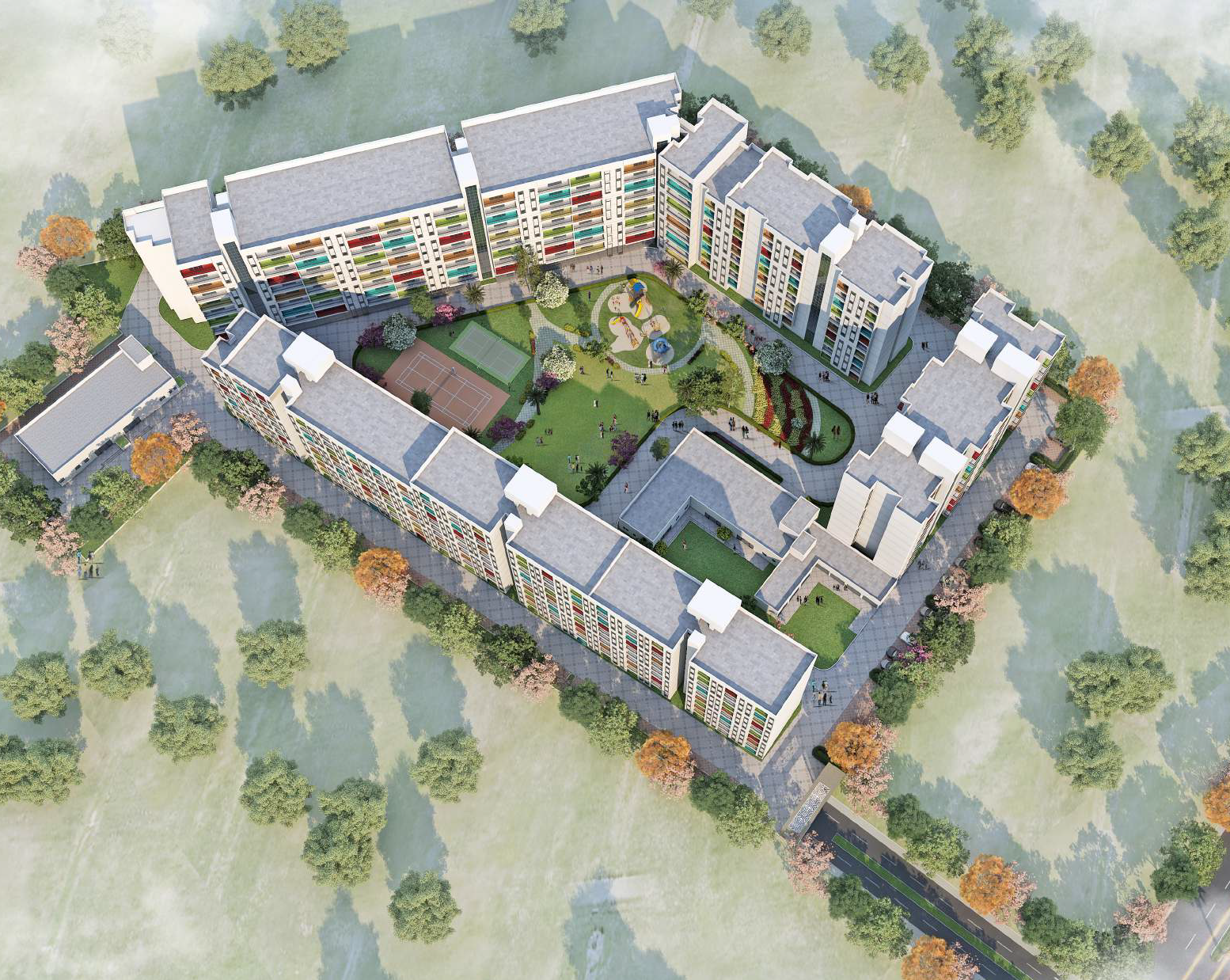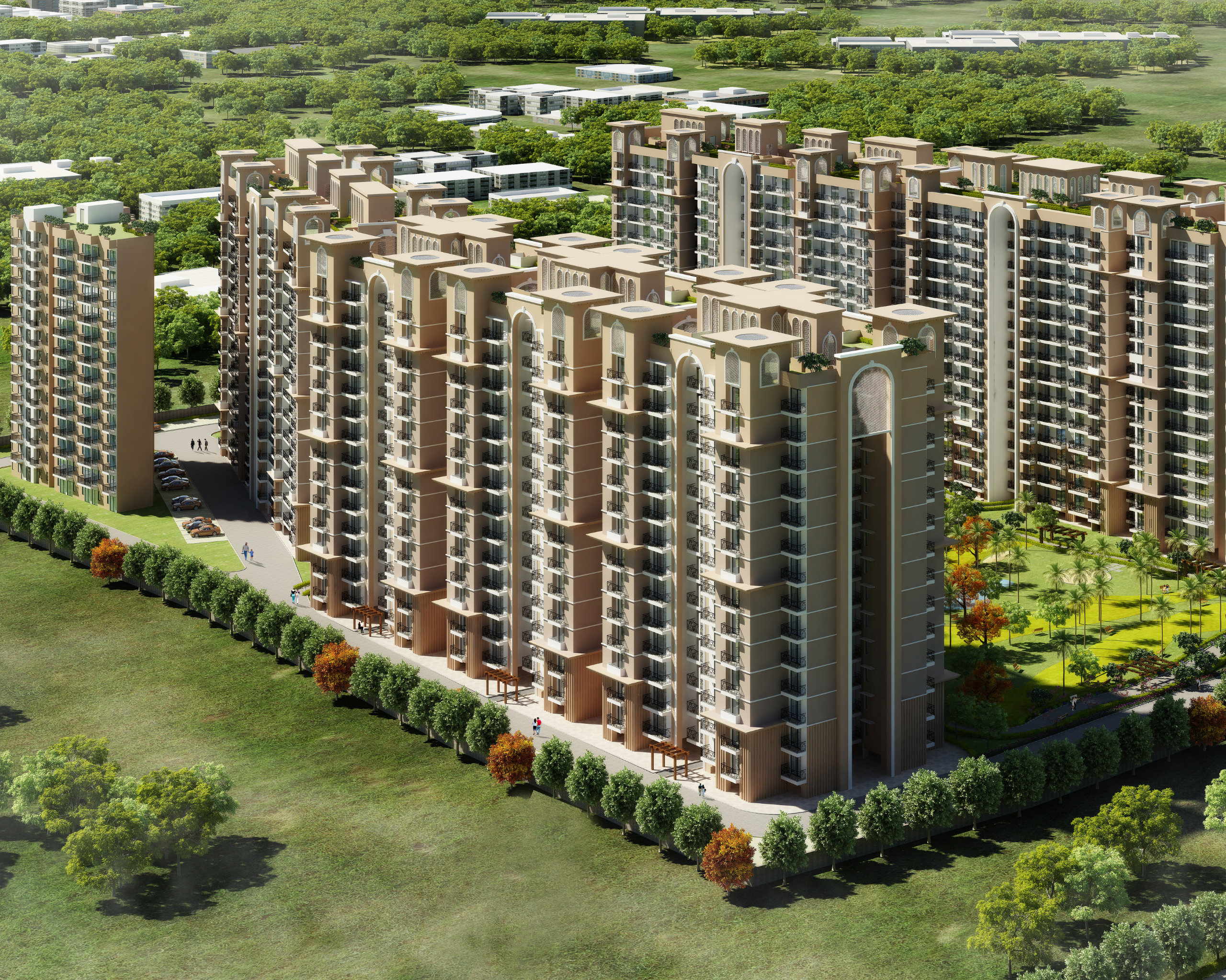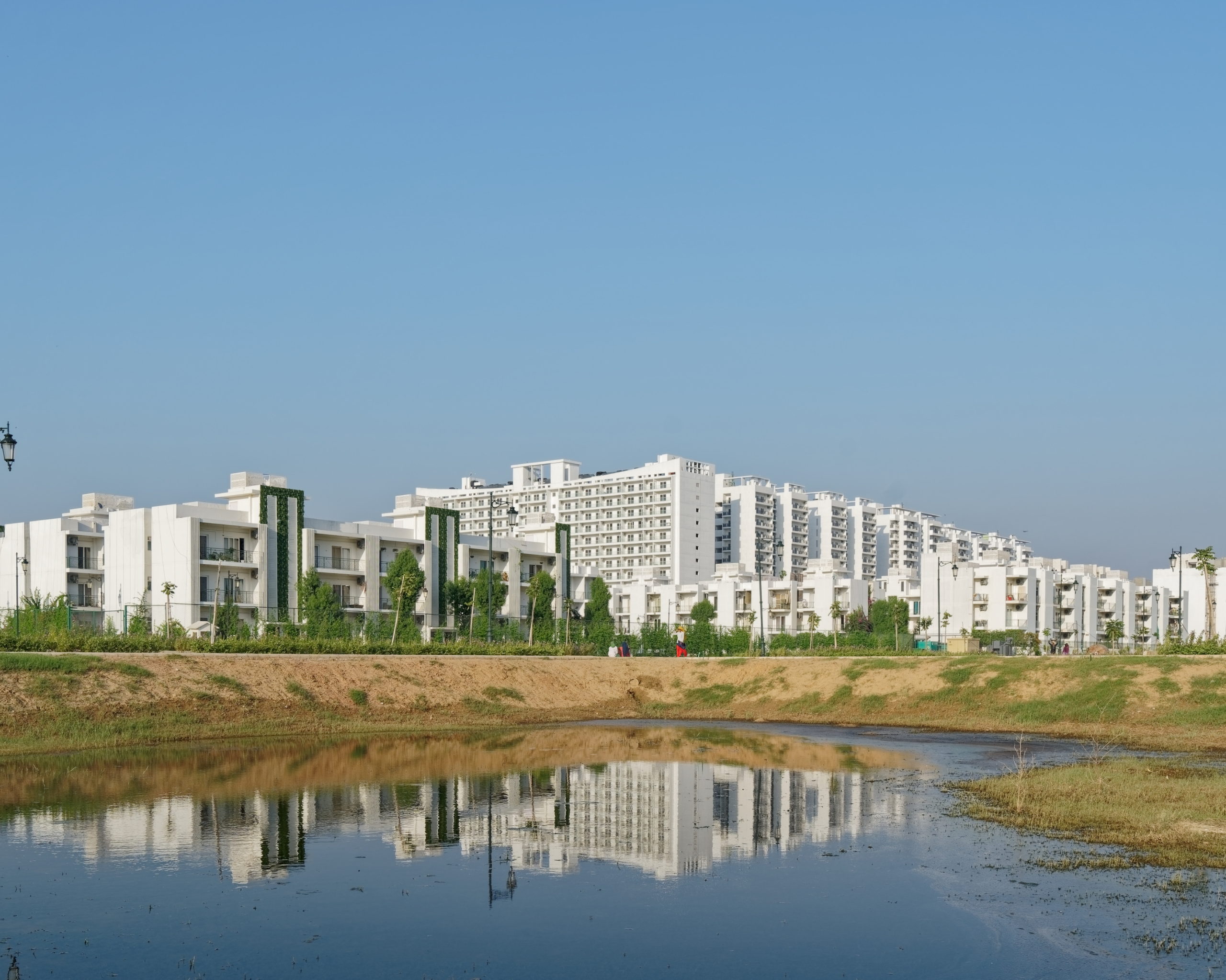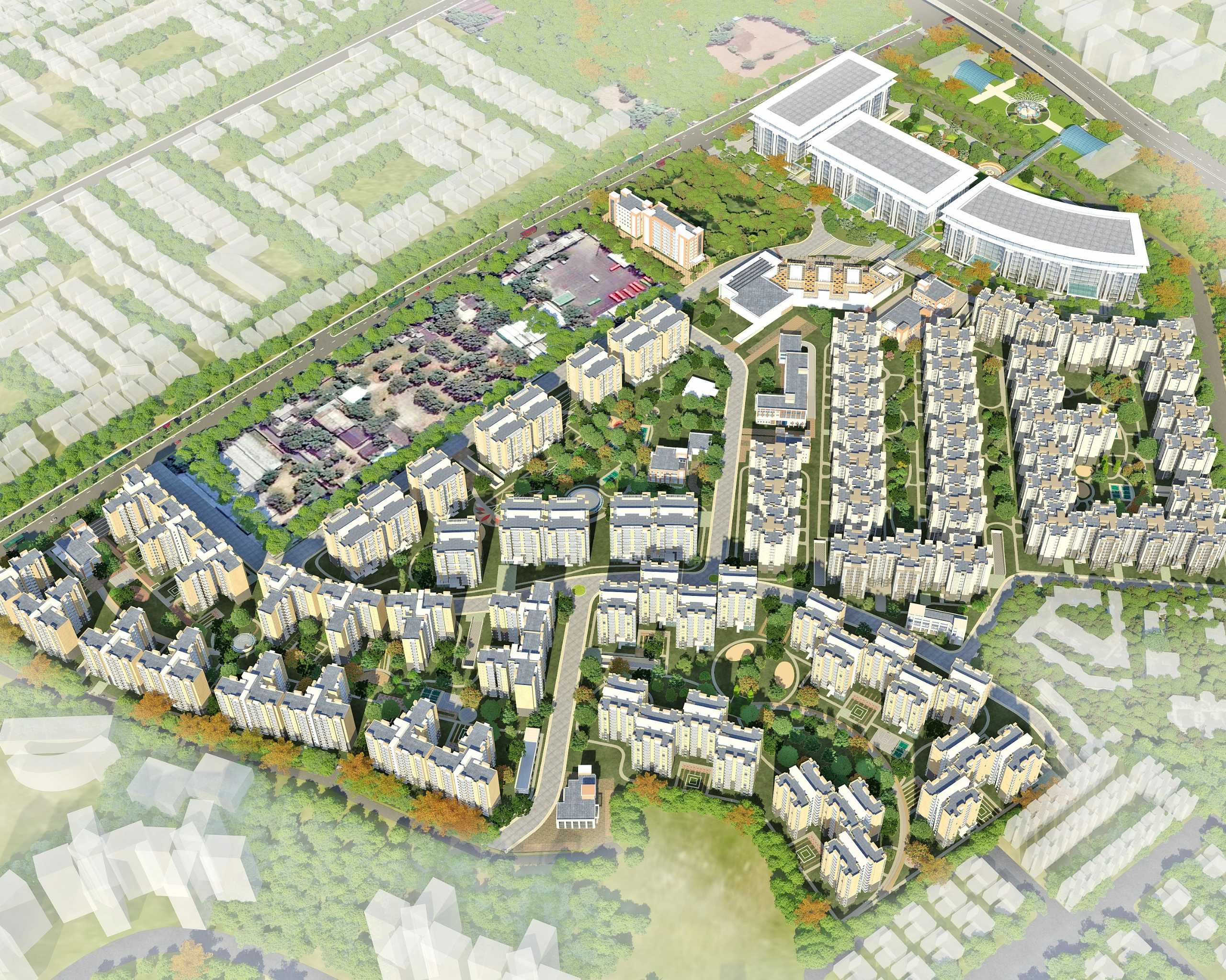Affordable Housing Development for Growing Cities

As India undergoes rapid urbanisation, the demand for affordable housing has never been more critical. With millions flocking to cities in search of better opportunities, the challenge lies in providing shelter and sustainable, well-designed homes. Acknowledging the scale of the challenge is the first step toward meaningful solutions. As architects and urban planners, we must work collaboratively to create housing options catering to diverse income levels while providing good living standards and holistic wellness.
Comfortable Urban Living For All
Affordable housing doesn’t mean compromising on quality or comfort. It is about innovative design that optimises space without sacrificing functionality. The focus should be on creating smart, compact layouts that make the most of every square foot, ensuring that residents can enjoy a comfortable living environment within their means. Cities are dynamic, and housing needs can evolve. Affordable housing designs must consider the potential for future growth and changes in family size. Adaptable designs ensure that housing units can be modified or expanded to accommodate the changing needs of residents.
It is also crucial to consider the bigger picture since affordable housing is not just about individual units but about fostering communities. Our approach involves community-centric planning, including shared spaces, recreational areas, and social infrastructure. By creating a sense of community, we contribute to the overall well-being of residents and enhance the social fabric of urban areas.
Financing Cost-Effective Urban Housing
The challenge of affordable housing requires collaboration between the public and private sectors. Public-private partnerships (PPPs) can unlock resources, expertise, and funding to scale up affordable housing projects. Working in tandem with government initiatives can contribute to the larger goal of providing housing for all. Technology also plays a crucial role in streamlining construction processes and reducing costs. From modular construction techniques to the use of 3D printing, architects are exploring innovative technologies that have the potential to make affordable housing more efficient and cost-effective.
In pursuit of affordability, sustainable construction materials play a pivotal role. Utilising locally sourced, eco-friendly materials reduces costs and minimises the environmental impact. Commitment to sustainability extends beyond construction, encompassing energy-efficient designs that lower utility and maintenance costs for residents over time.
Affordable housing development and design are not just about constructing buildings; they’re about creating homes and communities that empower individuals and contribute to the sustainable growth of urban areas. Designers and architects need to be committed to the vision of inclusive, well-designed housing that meets the diverse needs of India’s burgeoning urban population. By blending innovation, sustainability, and community-centric planning, it is possible to build a tomorrow where affordable housing is a necessity and a cornerstone of vibrant, thriving cities.




